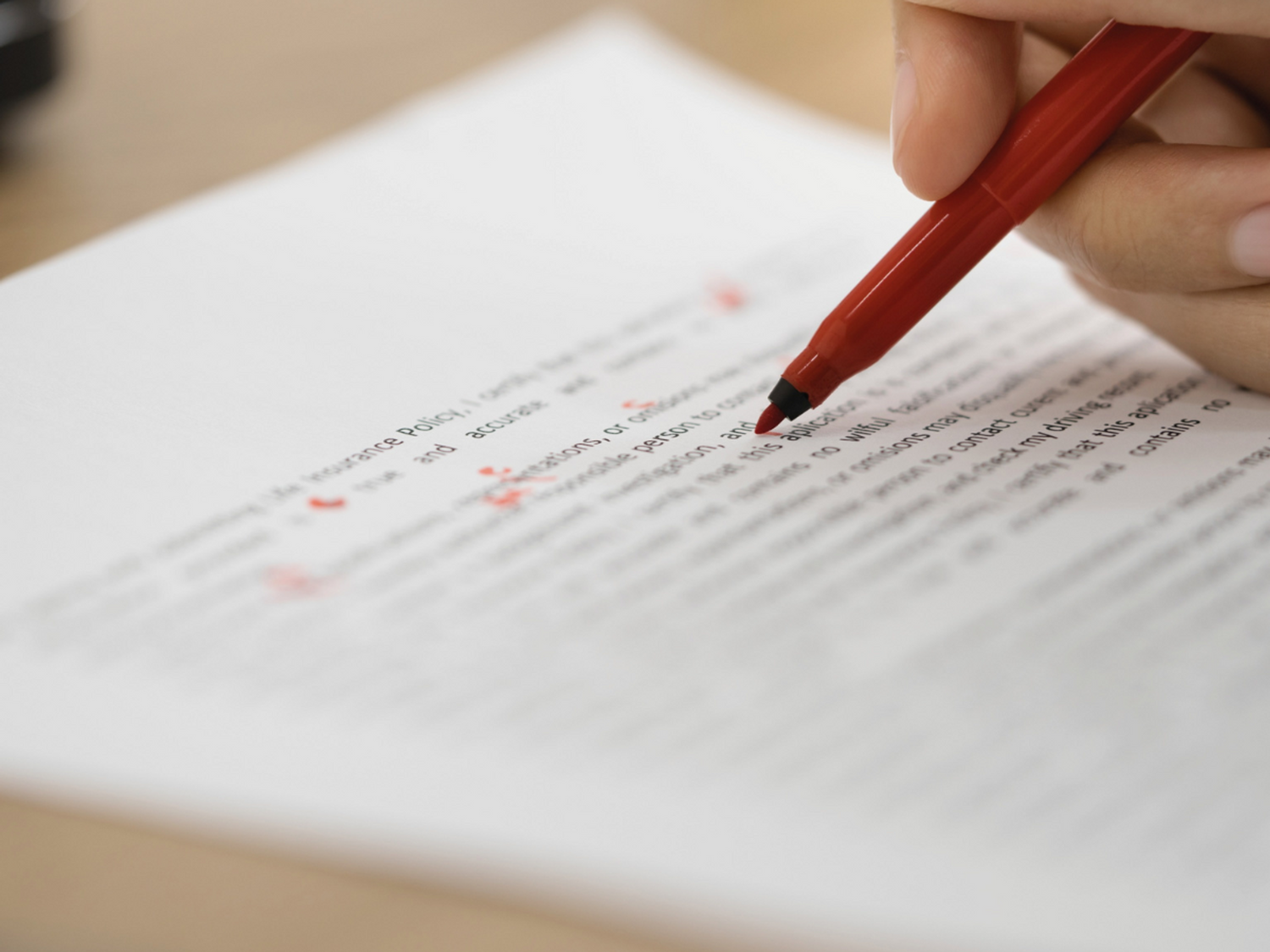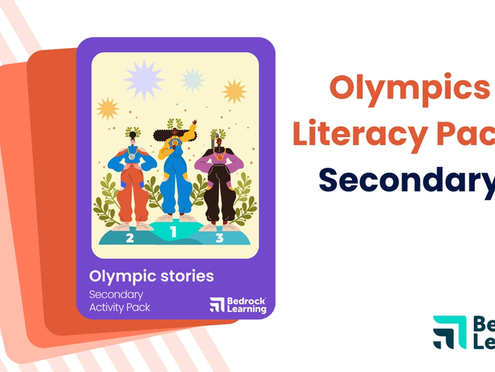Acknowledging the significance of student voices
Writing is often what excites learners more than anything. When we give over time in our lessons to the production of an extended piece of fiction or nonfiction writing, the flicker of activity and sense of enthusiasm in the room can be palpable. Ideas start being shared before you’ve finished explaining the task, learners who usually require prompts to become involved in lesson discussions come alive with questions, and learners who can find the academic work of school a struggle raise a shy hand to ask you to read the pages and pages they have proudly produced.
What is going on here? I think the answer has to do with the invitation that is implicit in writing activities. Writing is an invitation to explore how they think and feel about an issue, to make a connection with and contribution to the thinking that has already been done, to share their personal experiences and points of view in a voice that is uniquely their own. Some learners are more forthcoming with this voice than others, but all students have it, and part of the job of a teacher is to nurture that voice so that our learners can communicate with confidence in whatever situation their future presents.
What is a strong authorial voice?
This term ‘voice’ is a slightly difficult concept to pin down. It involves an ability to recognise and write within the limits of generic conventions and disciplinary norms (opening a hypothesis for a scientific research paper with ‘Hey guys…’ is certainly a ‘voice’, but I’d question the strength of it) but it goes further than that. It’s also about communicating ideas with confidence, authority, and a certain amount of linguistic craft. Sometimes, if the text and subject matter is right for it, it's about getting some ‘personality on the page’.
As an English teacher, that was the shorthand I found myself using when exploring these ideas with my classes - don’t be afraid to put some ‘personality on the page’. However, I also found it fruitful to interrogate the top end of English exam mark schemes for writing, and to discuss the nature of that elusive and mysterious target for all writing tasks: to be ‘compelling’.
The word ‘compel’ is formed from the Latin prefix ‘com-’ meaning ‘together’ and ‘pellere’ meaning to ‘drive’ or ‘thrust’. When placed in the context of writing, then, what learners are aiming for is an ability to take readers on a journey with them, to join ‘together’ with the writer in the ‘thrust’ of the argument or narrative. This, for me, can also serve as a definition of writing with a ‘strong voice’. A writer who possesses a ‘strong voice’ is a writer with an ability to cultivate a relationship with the reader that moves them to shift their ideas, feelings and perspectives about a certain subject.
A teaching sequence to nurture student voices
Nurturing learners’ writing voices is a process rather than a one time event, but it is possible to map out the steps of that process into a rough teaching sequence that can be adapted and applied to writing tasks in any genre and any subject.
Step one: Start with the big picture
The first step of any writing activity is to acknowledge the cognitive demands of extended writing. For learners who are often still struggling with sentence level aspects of the writing process, the questions of where to put the full stop or which noun to capitalise can use up the working memory to the detriment of things like authorial purpose or whole text cohesion. We must acknowledge this challenge, and support students to plan with the ‘big picture’ of their text in mind.
What this big picture will usually come down to is the simple questions of ‘What?’ ‘Who?’ and ‘Why?’ What students are writing is about defining the text type and topic. Is it a narrative involving King Arthur or a review of a Chopin piano concerto? This part of the planning process will also involve determining whether appropriate background knowledge of the topic is in place. Who is the intended audience for the piece of writing and why are you seeking to communicate with them are the other essential ‘big picture’ questions. Whether a learner is seeking to inform or explain, to shift or change someone’s perspective, to amuse or entertain etc. should drive the smaller unit linguistic decisions they make during composition.
It can be useful to clearly mark the answers to these three questions in the learners’ books so they can quickly and frequently check back in with them as their writing progresses.
Step two: Expose learners to specific genre conventions and devices in authentic contexts
With the big picture squarely and firmly in mind, we can switch focus to those smaller linguistic units that do the work of creating a strong voice, and this involves a rich exposure to genre-specific high quality models. When embarking on their own writing, it can be so powerful to show learners appropriate examples of what the greatest and most respected writers actually do to achieve success. Learners need to have that grounding in what a text of the type they are about to write usually looks like, and we can’t expect that this knowledge (or cultural capital) has been absorbed from their own independent reading. We have to take no chances and show them ourselves.
But the process of finding the right model isn’t as simple as it sounds. We want to be able to talk meaningfully about the authorial decisions in our model and use them to guide our instruction and formation of success criteria. We want our models to be carefully selected examples of writers who use a particular device to great effect, allowing us to talk about the impact of those devices as a bridge to encouraging students to write with them.
Let’s look at an example to make all of this more concrete. Say the text type you have set is a political speech and the purpose is to move the listener to act. Putting aside, for the moment, the differences between the spoken and written form, we don’t want to fall into the trap of assuming our learners know exactly how to do this; we need to, as with anything else in our classrooms, teach them what powerful political oratory looks like and isolate the linguistic devices which lend it that power. One device that could be useful here is anaphora, a rhetorical device where the speaker repeats the phrase at the beginning of successive clauses.
Some of the greatest and best known political speakers use this device regularly. Think of Martin Luther King’s “I have a dream that… I have a dream that…
I have a dream that…” or Winston Churchill’s “We shall fight… We shall fight… We shall fight…”. Guide your learners on a discussion of what makes such well respected writers reach for this device over others; talk about the rhythm and memorability, the sense of building momentum, the predictability that almost but doesn’t quite encourage audience participation. Then get students to write some of their own.
Step three: Scaffold the production of linguistic devices
It’s important here to reduce cognitive demand on learners by isolating your chosen linguistic feature. Don’t worry about the whole text at this point, just do some drills that focus solely on the device. A sequence could look like this.
First, present learners with some more examples and non-examples of the device until you are happy that they have a clear understanding of, and ability to identify, the device in question. Then, offer them an activity that scaffolds their own production of the device. For example, if we want them to use anaphora, we could offer them a range of phrases they could deploy such as ‘We cannot accept that…’ or ‘The future should be defined by…’ ‘Join me in…’ etc. Once you have shared some examples, and learners have enjoyed practising their most rabble-rousing political speech voices for the enjoyment of the class, you can take the stabilisers off and get them writing some independently, for instance setting them the task to ‘write three sentences for a speech about school uniforms that use the device of anaphora’.
Over time, by modelling, discussing and practising individual devices that you deem important (other devices for nonfiction writing that I like are metaphor, literary allusion, and authorial intrusion) you are developing a ‘toolkit’ from which learners can draw in the creation of their own authentic voice.
Step four: Bake the process of redrafting into all writing tasks
I cannot stress the importance of this step enough - learners need to recognise the importance of redrafting their work. Again, drawing upon the examples of authentic texts can be purposeful here. No, or at least very few, great writers produce their work in a single sitting, and nor should we expect our learners to.
In her work on curriculum planning, Mary Myatt draws upon Ron Berger’s idea of ‘beautiful work’ to raise the question of whether we give our learners enough curriculum space to truly polish and refine something. Underpinning the idea of ‘beautiful work’ is the necessity of drafting, taking precise feedback, redrafting and repeating. Only then is it ready to be ‘showcased’.
This, I won’t lie, can be a challenge with learners who can feel that, once a work is produced, it is done and they are ready to move onto the next thing. That buzz of excitement I described earlier is not often the default state for a lesson on redrafting a piece of work that is already written.
But, nevertheless, it is an essential part of a classroom culture that produces strong writers. One practical step you could consider to ‘bake in’ redrafting into any lesson sequence is the introduction of two separate exercise books. One book for drafting, one book for ‘showcasing’. The drafting stage could be marked with a ruled line down the centre of the page to give space for specific feedback and reflections, whilst the ‘showcasing’ stage represents the final, best, most ‘beautiful’ version of the work. A lovely side effect of this ‘showcase’ approach would be that learners would be left with a document of the best of their writing and therefore a clear view of the progression they have made over the course of the year or key stage.
How to move forward
Next time you approach a writing activity in your classroom, consider whether the instructional sequence is in place that allows learners to flourish and develop their authorial voice. Expose them to a rich diet of disciplinary texts, chosen for their effective use of specific devices, explore and practise the use of these devices and connect your discussion back to how they can support learners in achieving the ‘big picture’ purpose of their text.
Done consistently and effectively over a prolonged period of time, the problem of defining a strong authorial voice will evaporate; you will see it on the page.




